PHILODENDRON GLORIOUS- Rare
Original price was: ₹6,450.00.₹2,599.00Current price is: ₹2,599.00.
2 in stock
Size: Single leaf| Pot Included | Free Shipping
The Philodendron Glorious is known for its gigantic, heart-shaped leaves. If you’re curious about how to best care for this beautiful plant and what mistakes to avoid to allow it to grow to its full potential, then this guide will cover your needs.
Philodendron Glorious – Basic Information
The Philodendron Glorious is a hybrid between the Philodendron Gloriosum and the Philodendron Melanochrysum, developed in the 1970s by an Australian plant cultivator and hybridizer named Kieth Henderson.
Appearance
The Philodendron Glorious is a climber – a trait it inherits from the P. Melanochrysum. It retains the beautiful large heart-shaped leaves that many Philodendrons are known for.
It thrives in tropical environments, which means it needs lots of light and prefers higher humidity.
Due to the P. Glorious being a hybrid, there can be subtle variations in its appearance, but it will always have very large and elongated leaves. The leaves may also have a darker appearance than the P. Gloriosum, but they both share similar creamy-colored and prominent veins.
Sometimes the P. Glorious and the P. Gloriosum get confused because their names are similar. However, the P. Gloriosum is a creeper – it doesn’t naturally grow upwards like the P. Glorious.
How To Care For The Philodendron Glorious
| Light | Bright but indirect sunlight |
| Watering | When the first 2 – 3 inches of soil start to dry but avoid overwatering at all costs |
| Soil Mix | A well-draining, chunkier soil mix that prevents excess moisture |
| Pot | Plastic or ceramic pot with drainage holes – appropriate for the size |
| Temperature | 65°- 85℉ (18°- 29℃) |
| Humidity | Between 60% – 80% |
| Fertilizer | NPK fertilizer once or twice monthly in Spring, Summer, and Autumn/Fall – every 6 weeks or so in winter |
| Growth Rate | Steady at first but can reach heights of around 9 feet |
Lighting & Placement
The Philodendron Glorious originates from a tropical climate – which means it likes sunlight. It needs all the energy it can get if you want the leaves on this plant to grow to their maximum potential.
While the Glorious likes sunshine, it doesn’t want too much direct light, which can cause the leaves to turn yellow and burn.
The best placement for the P. Glorious is anywhere it has access to filtered sunlight (bright indirect light). It needs some partial shade to avoid any potential problems with leaf burn.
It can tolerate slightly lower levels of light – but the plant will struggle to thrive.
The Glorious can reach tremendous heights. A vital and healthy specimen can get up to 9 feet tall!
Watering
Overwatering can be a problem for most Philodendrons, and the Glorious is no different.
In the warm summer heat, it’s best to water this plant once or twice a week. Potentially more if you notice the plant is struggling in intense heat.
You want to water the P. Glorious when two inches or so of the soil’s top layer are dry. Water the soil thoroughly until you see water come out of the drainage holes.
You may find over time that your plant prefers more or less water, but it’s better to edge more towards caution when watering the P. Glorious.
Soil & Potting
A good aroid soil mix will give enough drainage to prevent the soil from getting too soggy while providing the support the plant needs. Perlite, for example, is great for guarding against root rot.
The P. Glorious can be potted in a plastic or ceramic pot with drainage holes that give it a few inches of space for the roots.
It’s important to note that this plant can get top-heavy when it’s mature. You can use a moss pole or a trellis to support growth as the plant naturally wants to climb upwards.
Temperature & Humidity
The P. Glorious originates from tropical areas with warm temperatures year-round. It prefers temperatures around 65°-85℉ (18°-29℃).
The P. Glorious can struggle with lower temperatures. If you live in an area with colder winters, you’ll want to position this plant close to some source of heating.
Higher humidity levels (at least 60%) are very important for this plant to thrive. Adequate humidity stimulates the P. Glorious to grow and helps it absorb nutrients from the soil. If the area you keep this plant is dry, you might need to get a humidifier.
Fertilizer
A balanced NPK (Nitrogen, Phosphorus, Potassium) fertilizer will have everything your plant needs to reach its maximum potential.
It’s important not to overfeed your Philodendron – most of the time, a slow-release fertilizer once a month or so will be all P. Glorious needs.
You can also use liquid-based fertilizer on a weekly or semi-weekly basis (but in much lower amounts than feeding the plant monthly).
Growth rate & repotting needs
The P. Glorious grows slowly and steadily – it can take a couple of years to reach full maturity.
Sometimes it takes a little time for the root system to develop, and then starts to push this plant upwards. New leaves can take one or two months to grow.
There is no definite repotting schedule for the P. Glorious.
It’s best to graduate the plant to a bigger pot when it outgrows the current pot. As long as the pot base gives the P. Glorious roots enough room to spread out and they’re not compact or circling the container, your plant will be fine.
Frequently and unnecessarily repotting the P. Glorious will cause more harm than good for the plant.
Common Problems
Before we begin – a lot of the problems that a P. Glorious has is usually down to overwatering. This can affect the roots, which then has a knock-on effect of disrupting the entire plant’s physiology.
Root Rot
This is one of the most common issues with Philodendrons, and the Glorious is no exception. Soil that’s too soggy or has excess moisture will cause root rot.
Having a good soil mix and not watering your plant too frequently will make sure this isn’t an issue.
Yellowing Leaves, Bleached Leaves
Overwatering, nutrient deficiencies, or inadequate drainage in the soil can also lead to yellow leaves.
Bleached leaves can happen when the plant is exposed to too much direct sunlight, causing damage to the surface.
In rare cases – yellowing leaves and very slow growth can sometimes be a symptom of underwatering. This can happen if the soil drains too quickly and becomes too dry.
Pests
While an indoor plant is less likely to suffer from infestations – they’re still a possibility. Aphids and Spider mites can feed on leaves and lay eggs. These insects can multiply quickly and cause weakness throughout the plant.
Various natural oils (like neem oil) can be used to get rid of these pests. You can use a shower head to wash the plant thoroughly, or there are various degrees of chemical insecticides for the most severe infestations.
Philodendron Glorious Propagation
The primary way of propagating a P. Glorious is via stem cuttings.
A stem cutting roughly 3 – 6 inches long planted in a fresh pot with the right soil mix and planted upright with enough light (bright but indirect) should start to see some growth. Although it can take weeks to months before early growth stages happen.
Common Questions About Philodendron Glorious
Do Philodendrons Glorious like direct sunlight?
No. Most Philodendrons like indirect sunlight – this is because they naturally inhabit the ground level of a jungle. They grow by either “crawling” across the ground or “climbing” up the base of a tree, which means that they don’t like being exposed to direct sunlight for long periods.
Is Philodendron Glorious a Climber?
Yes. Due to its parentage, the Philodendron Glorious is a climber because it inherits this trait from the P. Melanochrysum.
It needs support – either from a moss pole or trellis – but the plant will be naturally drawn to upwards growth.
What is the difference between Gloriosum and Glorious?
The main way to identify a Glorious is through the leaves. They will be a darker green color than the P Gloriosum. The leaves on a Glorious are also much longer, but they share similar cream-colored veins.
A P. Gloriosum is a creeper, whereas a P. Glorious prefers to climb.
Is Philodendron Glorious Fast Growing?
It’s a slow and steady-growing plant. It can take 1 or 2 months for new leaves to appear and many months for a P. Glorious to reach full maturity.
Does the Philodendron Glorious Like To Be Misted?
Philodendrons do like to be misted. Especially if conditions are drier than usual, misting your Philodendron Glorious once or twice a day is absolutely fine.
Closing Thoughts
This plant is considered a fantastic choice for beginners who want to see success in their first aroid. Taking care of the fundamentals – light, humidity, and ensuring not to overwater the plant will guarantee a healthy and growing Philodendron Glorious. This is not a plant that requires tons of attention and maintenance to thrive.
Only logged in customers who have purchased this product may leave a review.

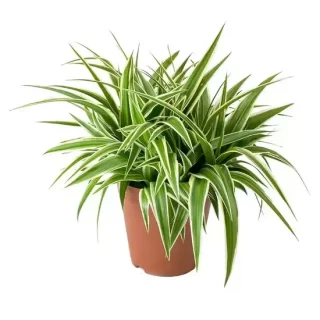
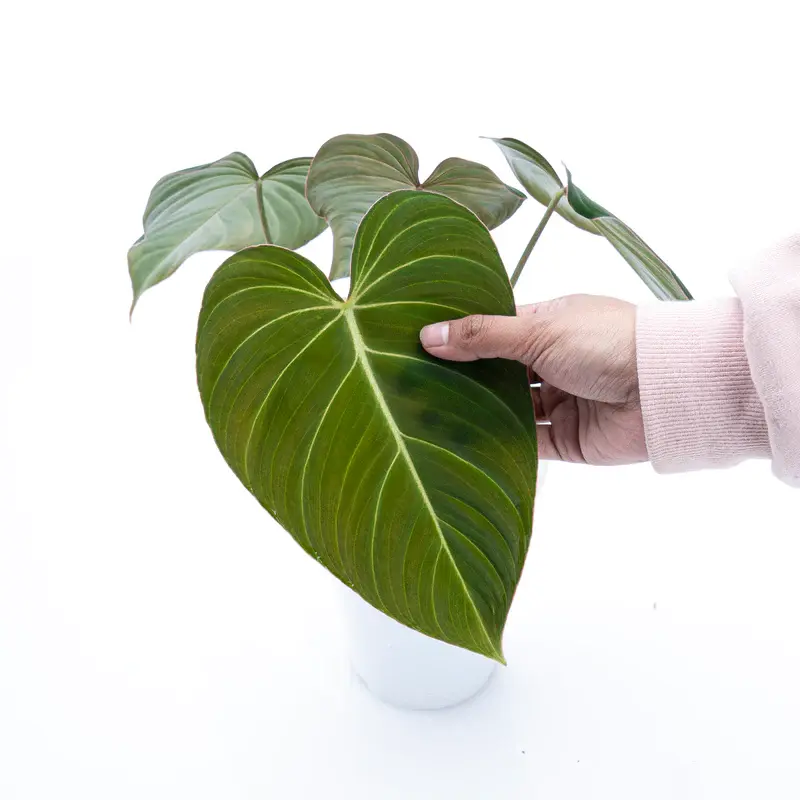
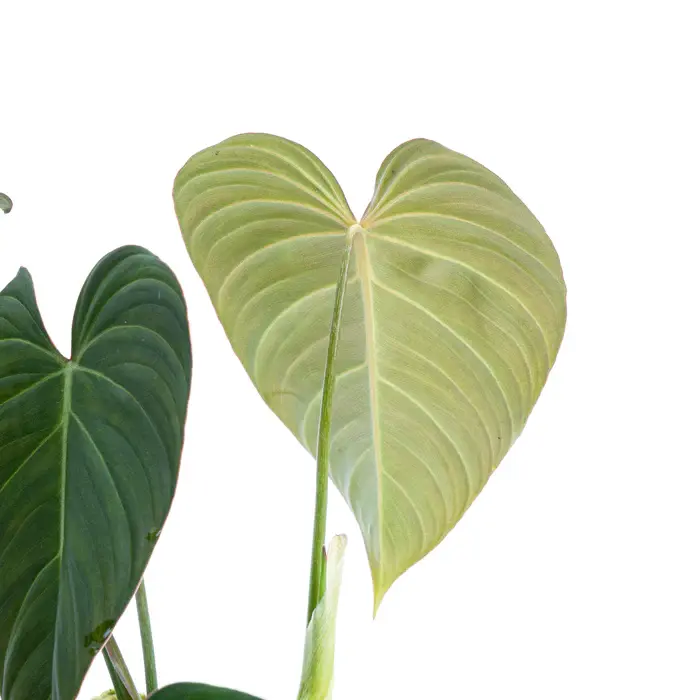
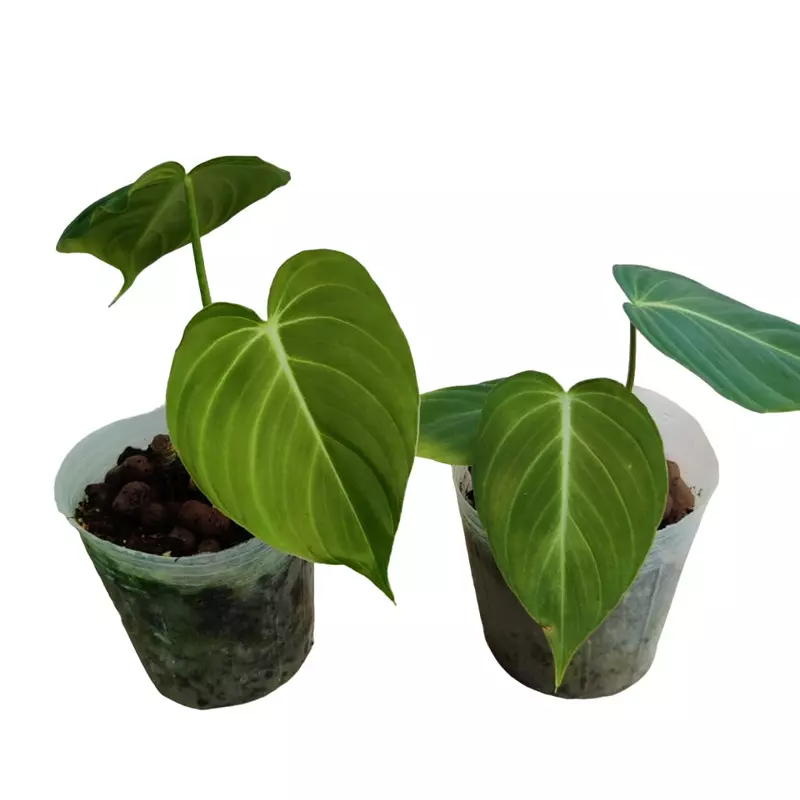
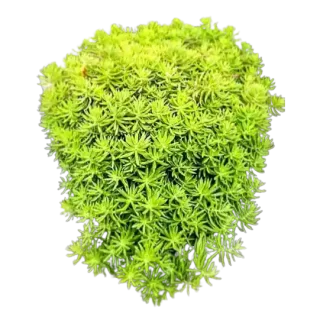
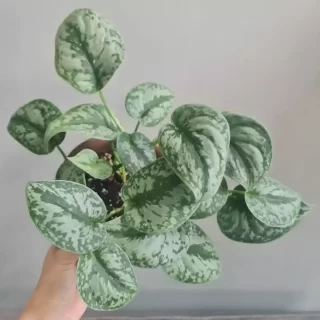
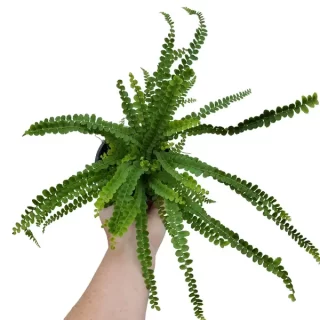
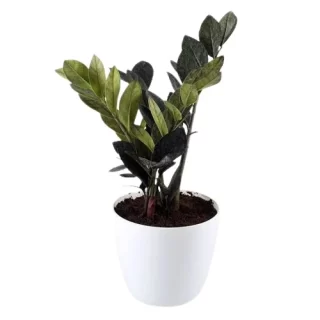
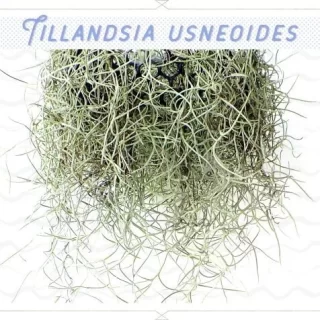
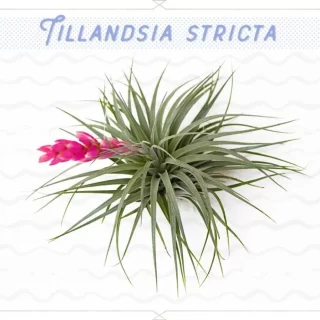
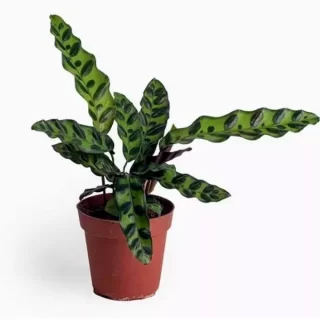
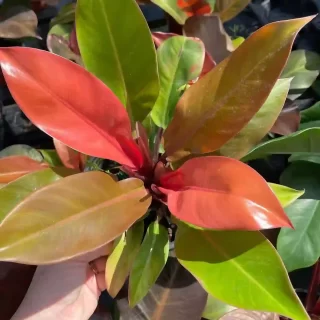
 If you need any assistance, I'm always here. Have you found what you were looking for?
If you need any assistance, I'm always here. Have you found what you were looking for?
Reviews
There are no reviews yet.